An Account of Stone Anchors Along the Northern Shoreline of the Persian Gulf
Sorna Khakzad and Ali Moosaie
The northern shoreline of the Persian Gulf encompasses countless valuable archaeological sites. However, just as in many other areas, the Iranian side of the Gulf is undergoing continuous, rapid urban and industrial development, which results in the destruction and loss of many archaeological sites and artefacts. Limited systematic maritime studies have been conducted on the underwater and coastal cultural heritage in these areas. This article presents an inventory of the historical stone anchors and weights observed along the northern shoreline in the areas between Bushehr and Hormozgan Provinces. This collection was put together as a result of site observation, archival studies, sporadic interviews with local people, and findings during construction excavations—either underwater or along the shoreline by locals. No archaeological excavations were conducted; most finds are surface objects that were collected during site visits and considered to be in danger of destruction or loss. The locations of the objects were registered using Global Positioning System. Recordings were conducted of their weights and sizes, and they were photographed and drawn. Following an inventory of all the stone anchors and weights, a classification system is suggested. The results of this research have the potential to lead to further in-depth studies about seafaring and maritime history within the Persian Gulf.

pier/wave-break, and on the beach along the bay. Picture by author (© Bushehr Museum of Naval Trade).
